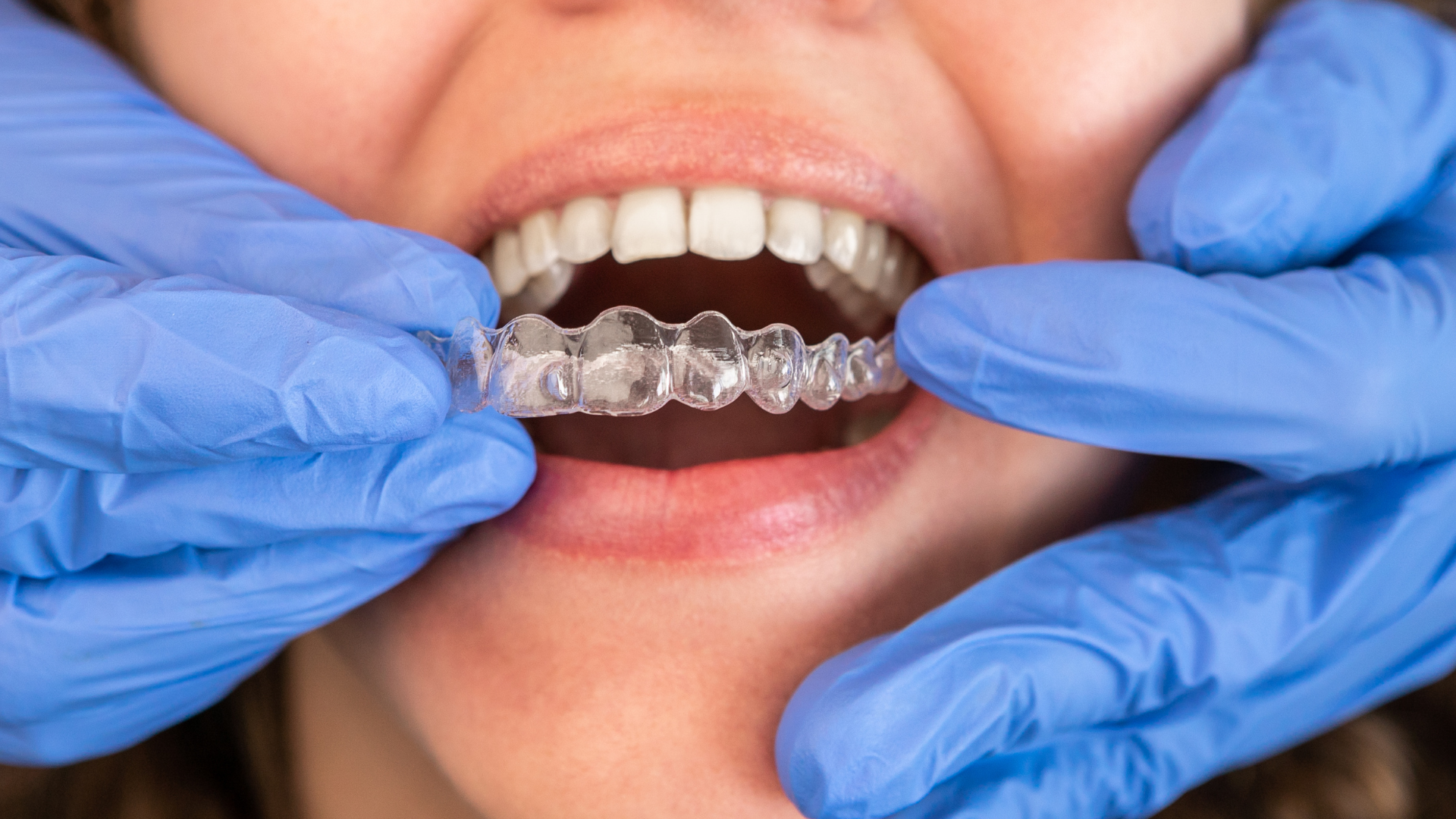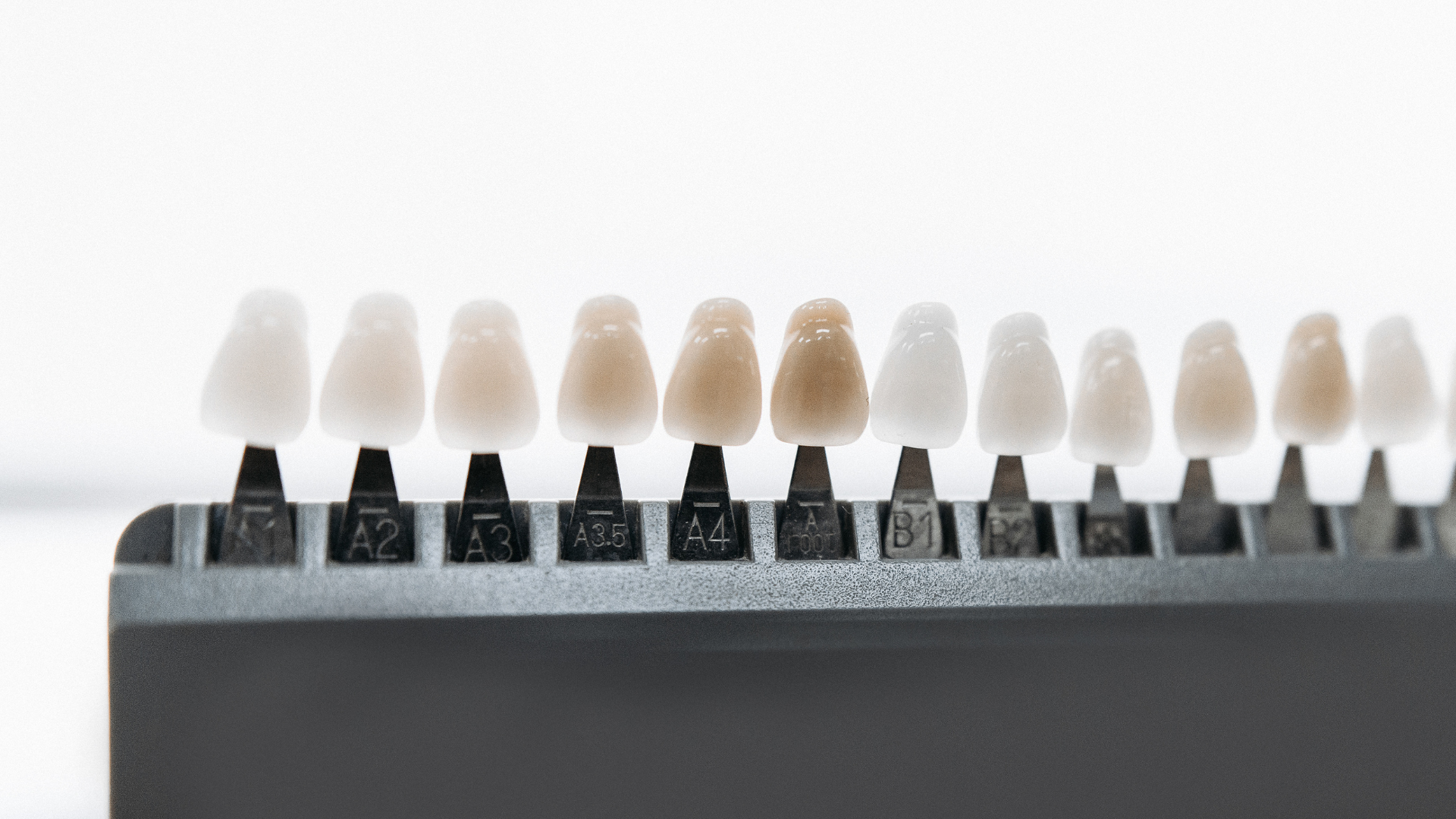10 Common Questions About Invisalign Answered by Experts
Invisalign has become a popular alternative to traditional braces, offering a nearly invisible, comfortable, and flexible way to straighten teeth. In this expert‑driven guide, we answer the ten most common Invisalign questions, covering how it works, who qualifies, treatment duration, cost, and day‑to‑day care. Drawing on insights from leading dental organizations and clinical studies, we provide clear, actionable information to help you decide if Invisalign is right for you.
1. How Does Invisalign Work?
Invisalign uses a series of custom‑made, clear thermoplastic aligners that gradually shift teeth into place by applying controlled pressure. Each aligner is worn for about one to two weeks before moving to the next in the series, incrementally guiding teeth toward their ideal alignment. The process begins with 3D digital scanning, allowing your dentist to map out each movement and preview your final smile before treatment starts. Unlike braces, there are no wires or brackets, reducing irritation and making the treatment more comfortable.
2. Who Is a Good Candidate for Invisalign?
Invisalign effectively treats mild to moderate orthodontic issues such as crowding, spacing, overbites, and underbites. Adults and teens alike can benefit, provided they can commit to wearing the aligners 20–22 hours per day. Some complex cases—like severe jaw misalignments—may still require traditional braces, so a professional evaluation is essential. Teens often have compliance indicators built into their aligners to help track wear time, making Invisalign Teen a reliable option for younger patients.
3. How Long Will Treatment Take?
Treatment duration varies based on the severity of the alignment issues. On average, patients complete Invisalign in 12–18 months, though mild cases can finish as quickly as six months. Regular check‑ups every 6–8 weeks ensure that your progress aligns with the digital treatment plan and allow for any needed adjustments. Consistent wear is crucial—skipping aligners can extend the treatment timeline significantly.
4. What Does Invisalign Cost?
Invisalign treatment costs typically range from $3,000 to $8,000, comparable to traditional braces. The final price depends on treatment complexity, duration, and geographic location. Many dental insurance plans offer partial coverage for orthodontic work, and most practices provide flexible financing options or payment plans to spread out costs. Always verify insurance benefits and discuss financing before beginning treatment.
5. Does Invisalign Hurt?
Some pressure and mild discomfort are normal during the first few days of each new aligner, signaling that teeth are moving as intended. Most patients compare the sensation to “pressure” rather than pain, and it usually subsides within 24–48 hours. Over‑the‑counter pain relievers and cold compresses can help manage temporary discomfort.
6. Can I Eat and Drink Normally?
Yes—one of Invisalign’s biggest perks is removability. You can eat all your favorite foods—popcorn, steak, or apples—simply by taking out the aligners. However, you must remove them before eating and always brush your teeth before reinserting to avoid trapping food particles and staining. Drinking hot beverages with aligners in place is discouraged, as heat can warp the plastic.
7. How Do I Clean My Aligners?
Maintain aligner hygiene by rinsing them under lukewarm water and gently brushing them with a soft toothbrush (no toothpaste) to remove plaque. Invisalign also offers a cleaning system of effervescent tablets for deeper cleaning. Regular oral hygiene—brushing twice daily and flossing—remains essential to prevent cavities and ensure aligners stay clear and odor‑free.
8. What Happens After Treatment?
Post‑treatment retention is key: teeth have memory and may shift back. Your dentist will provide a retainer, which you’ll wear full‑time initially and then just at night. Consistent retainer use preserves your new smile and protects your investment in Invisalign.
9. How Often Are Dental Visits?
Invisalign requires fewer visits than braces. After the initial fitting, schedule follow‑ups every 6–8 weeks to monitor progress and pick up new aligners. This streamlined approach is convenient for busy adults and students alike.
10. Are There Any Lifestyle Considerations?
Invisalign seamlessly fits into active lifestyles—no food restrictions means you can enjoy sports and social events without worry. For contact sports, a standard mouthguard fits over the aligners, offering both protection and preservation of your treatment plan.
If you have any questions or are ready to start your Invisalign journey, reach out to our team—we’re here to help you achieve a confident, healthy smile!





